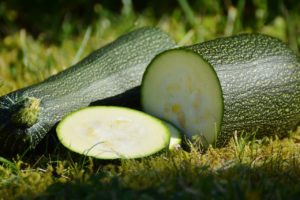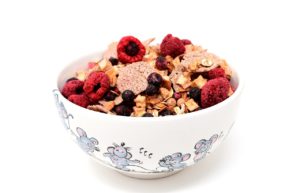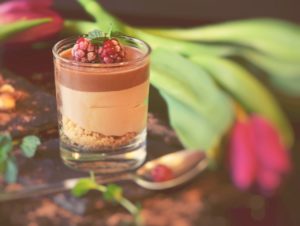Perhaps you’ve already heard of hoodia, the unsightly and unpleasant tasting cactus-like plant which grows in the Kalahari Desert. In recent months, hoodia has received an overwhelming amount of attention from the media for it’s ability to suppress hunger with no discernable negative side effects. But how exactly does this plant fool our brains into thinking we are full?
Hoodia contains, among other things, steroidal glycosides. These glycosides, when consumed, act on the hypothalamus of the human brain in much the same way that an increase in the amount of sugar in the bloodstream would. When the hypothalamus believes that blood sugar is high, it sends out a signal to the body that no more sustenance is required. Effectively, one of the components of hoodia’s biological make-up tricks our brains into thinking we have already consumed enough caloric intake, which consequently suppresses our hunger.
Several studies have been performed on both animals and humans which have shown conclusive results that hoodia is effective in facilitating weight loss. The only known side effect of hoodia is a feeling of overall well-being which accompanies appetite suppression. While the majority of the human studies performed on hoodia have involved participants who suffer from obesity, animal studies indicate that hoodia may be just as effective in helping those who are in reasonably good health but would like to lose a small amount of weight.
Unlike ephedra and caffeine based stimulants, hoodia demonstrates no cardiovascular side effects such as thermal or nervous system acceleration or increased blood pressure.
While the medical community continues to study what many are calling the greatest weapon in the fight against obesity, several manufacturers have made hoodia available to the public in pill or patch form. Perhaps the magic pill that science has been searching for decades has been with us all along, slowly growing in the Kalahari Desert.






